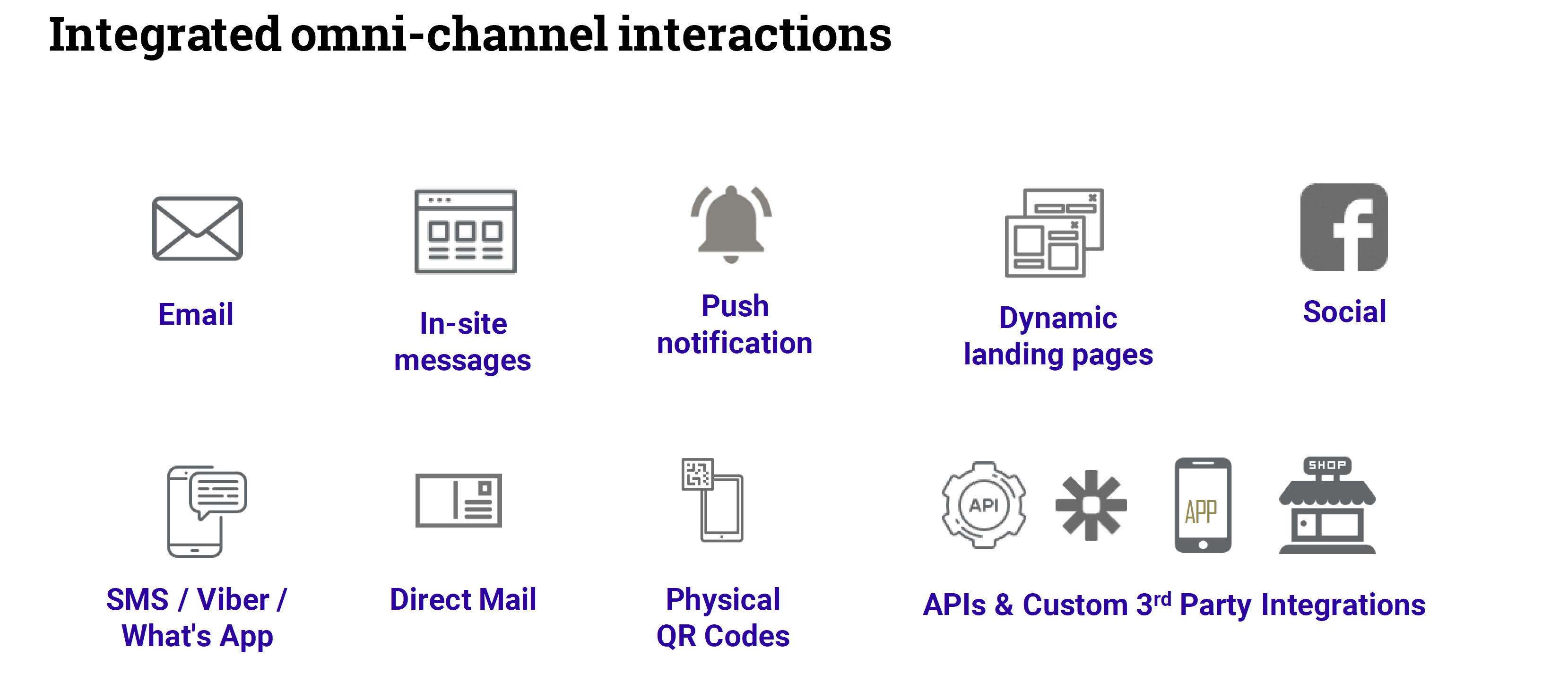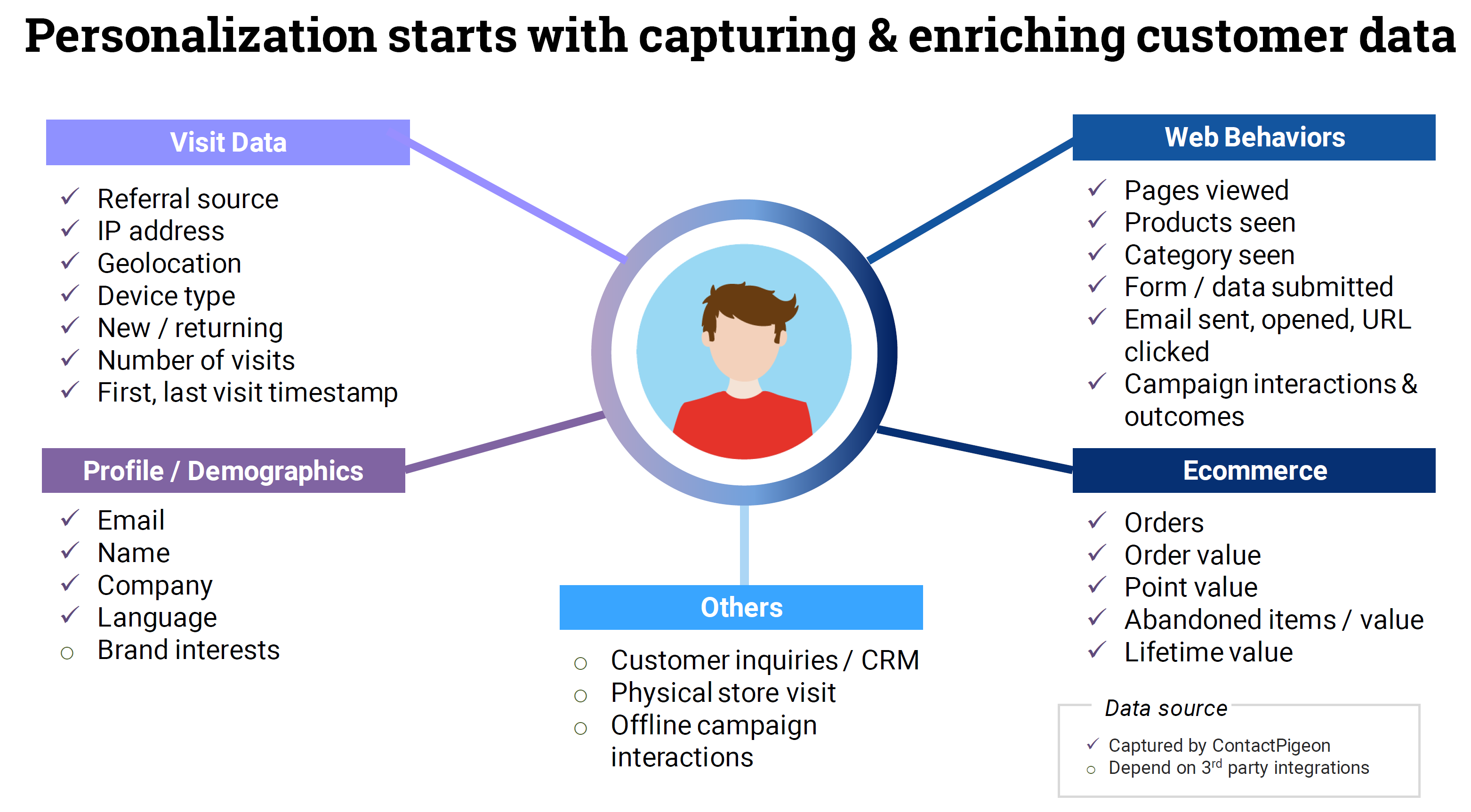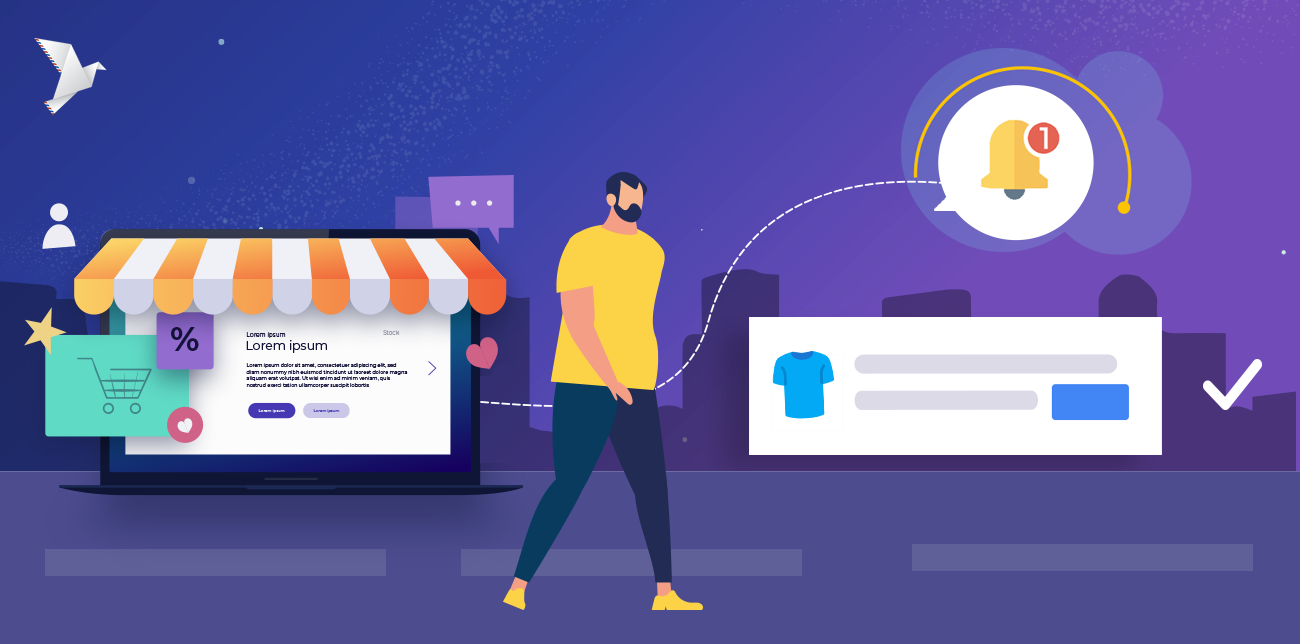The COVID-19 crisis has been devastating on businesses around the world, causing major disruptions to all business functions – from operations to supply chain management to marketing and sales. One of the sectors most affected by the crisis is the retail industry, as physical retail stores are ordered to shut down in cities across the world.
Yet, despite all the trauma induced by this global pandemic, there is a glimmer of a silver lining out of this crisis. COVID-19 is considered to be one of the most impactful market disruptors in recent history, opening several windows of opportunity for businesses that are ready to grasp them.
In all markets, consumers are rapidly shifting their behavior towards eCommerce, and businesses are trying to adapt to the new reality by accelerating their digital transformation processes. The most recent data are extremely indicative of the current market disruption – in Italy, eCommerce transactions have grown by 81% versus the previous month, while in Greece the local market is showing a huge 134% jump on a weekly basis. This trend will definitely continue, further facilitating business transformation.
For most businesses, the most prominent feature of the current situation is ensuring business continuity, an issue that keeps business leaders awake at night – regardless of the business’ size and capacity. How can I make my business more adaptable to uncertain and potentially high disruptive circumstances in the future?
Thankfully, for retailers, there is a solid and viable answer to business continuity.
The answer to business continuity issue: Omnichannel Capability
As seen during the recent crisis, retailers that operate primarily through physical stores suffered the biggest hit. With offline shopping collapsing, many retailers face the need to shift focus to the web channels, and in some cases, rush to build an online presence.
The disruption to physical retail underscores the importance for retailers to be Omnichannel Capable, and to have the agility as well as the capacity to shift customers from one channel to another when needed.
Omnichannel capability is not only limited to channels of sales – whether it be brick & mortar, eCommerce, Facebook stores – but also in the variety of channels used for communications and customer engagements, from business phone systems to email support
For instance, during times of changes, it’s essential to stay well connected with prompt communications to all customers and other stakeholders. Keeping them informed on the steps your business has taken is a critical way to improve trust and confidence in your brand.
What is Omnichannel Capability?
We define omnichannel capability by three key pillars.
1. Omnichannel engagements
The ability to deliver consistent, unified, and personalized cross-channel customer experiences by dynamically serving tailored messages to customers across any number of marketing or communication channels. For example, when a product a customer has looked at online is out-of-stock, the brand can trigger a mobile alert on product availability next time the customer walks into the physical store. This type of channel flexibility that seamlessly links across online and offline channels will drive engagements for the retail of the future.

ContactPigeon integrates the omnichannel brand-customer interactions.
2. Unified Customer views
The core enabler for omnichannel is the ability to build a unified customer view. This type of enriched 360° view of customer profile takes inputs from all channel interactions – web behavior, campaign reactions, purchase history, as well as offline-interactions, resulting in significant improvement of marketing effectiveness and eventually revenue increase.

3. Data-driven workflow for improved customer engagements
Ability to anticipate and design automated workflows that drives well-timed interactions with each customer journey scenario. This capability requires some form of predictive analytics on the next best step and recommendations for each individual customer. Furthermore, it needs a robust decision engine that can continuously determine whether conditions for customer engagements have been met, and trigger interactions at specific times as a result.
For example, a few sample workflow can be:
- Cross-sell/up-sell recommendations based on customer browsing history
- Personalized promotion based on customer’s lifetime value score
- Back-in-stock alerts on viewed out-of-stock product
- Churn prediction and prevention campaigns
Benefits of Omnichannel Retail
Whenever and wherever implemented, omnichannel has proven to be a game-changer for Retail Businesses, as it results in:
- Significant improvement of all commercial-related KPI’s
- Increased engagements, loyalty, and customer lifetime value
- Enabling business continuity/flexibility
The time to get ready is now
An effective response to a crisis starts long before the catastrophe takes place, with the right processes and developing the right capabilities to adapt and sustain your operations in the face of adversity. Those companies that are well-prepared will always recover more quickly. So get started now!
If you want more information about building sustainable customer engagements and communications with the omnichannel capability, ensuring business continuity, we are here to help.

Let’s Help You Scale Up



![Benchmarking Growth Strategies of Top Fashion Retailers [Study]](https://blog.contactpigeon.com/wp-content/uploads/2025/11/top-fashion-retailers.jpg)